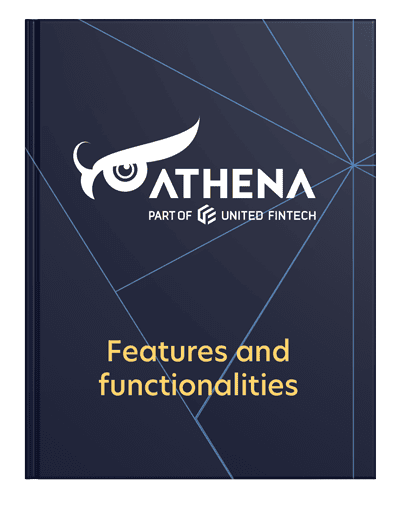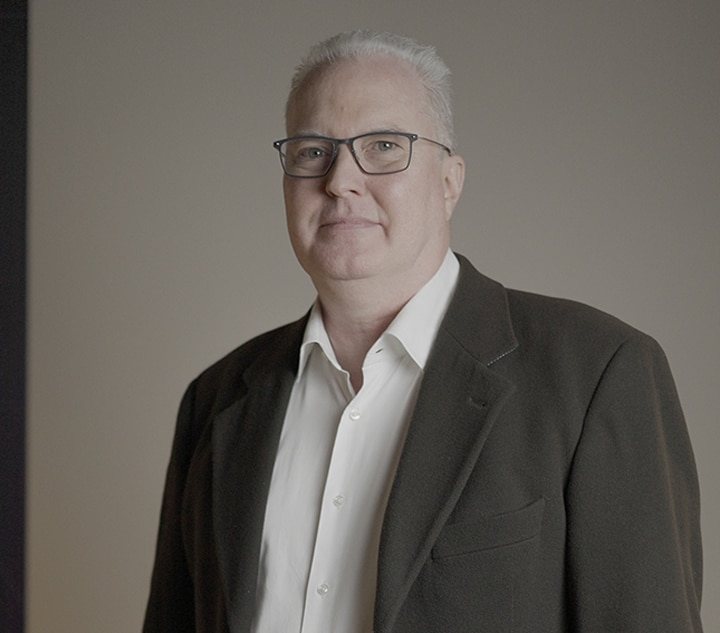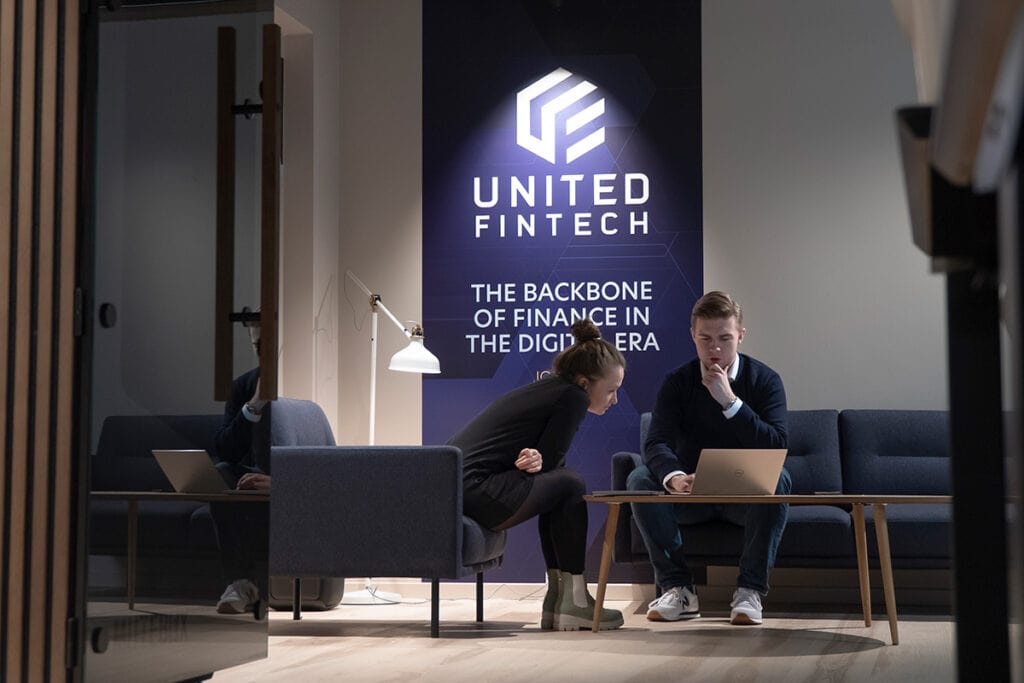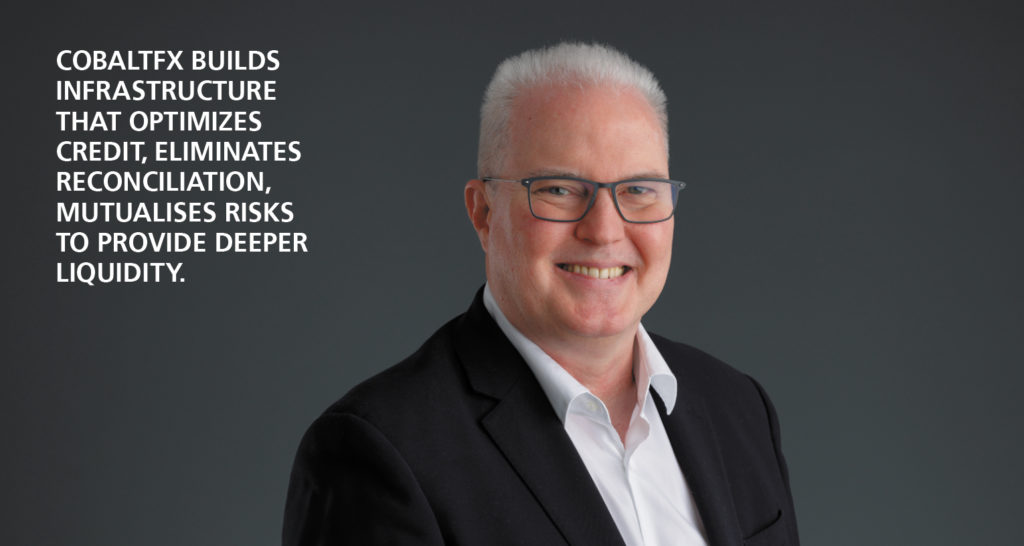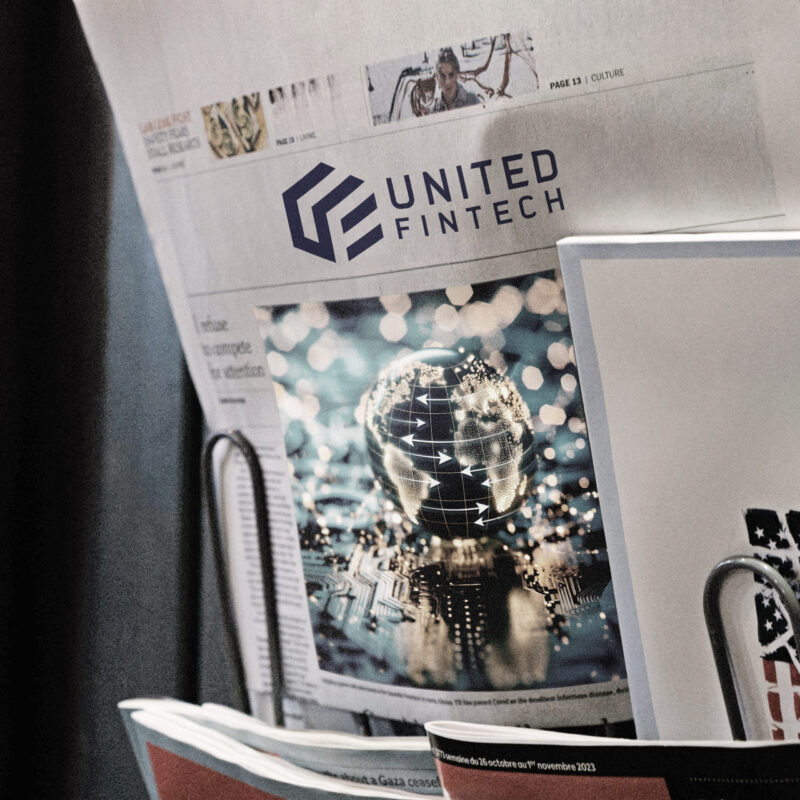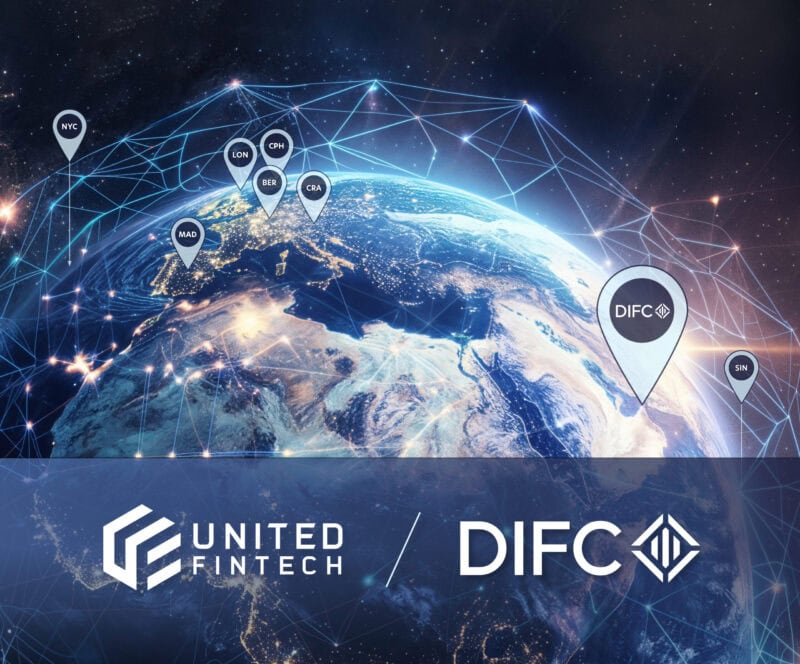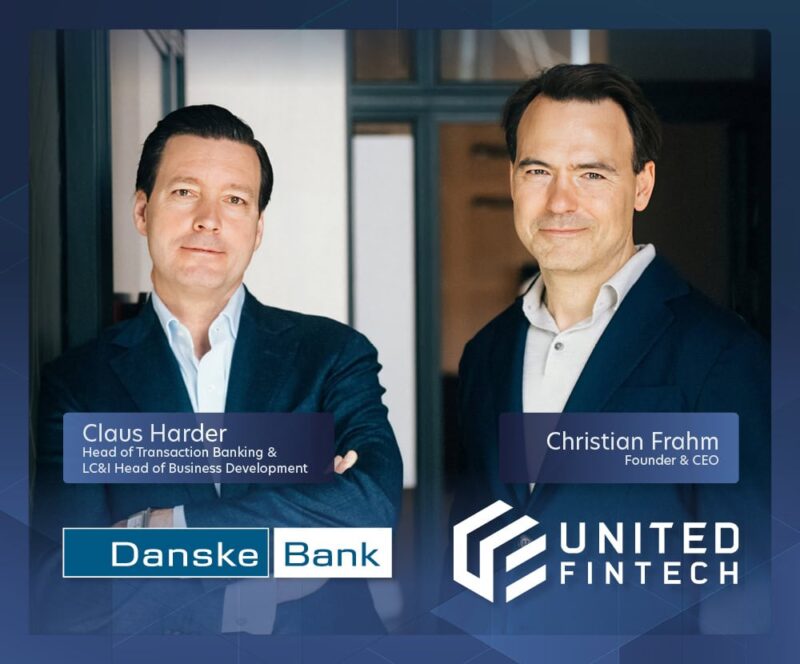e-Forex spoke with Andrew Coyne, Founder of leading FX infrastructure provider CobaltFX to discover more about its unique approach to credit and post trade operations and how the company is working to transform the industry.
Andrew, please tell us about yourself.
I have been part of the foreign exchange market for my entire career and have been involved in every aspect of the industry. My primary focus has always been foreign exchange prime brokerage and eCommerce and I have been fortunate that these once fledgling specialisations became a major contributor to the industry. Seeing how electronic execution was introduced and how quickly electronic FXPB facilitated market access (bringing with it greater market participation) really excited me.
The use of technology had an increasingly important role in how the markets functioned. It brought great growth, but also some interesting challenges and new risks. It was clear that the change in focus from gross revenue to net profit, meant that all elements of FX life-cycle would be scrutinised, not only to reduce cost but also improve scale and address regulatory demand to reduce systemic and counterparty risk.
What made you decide to start Cobalt?
Starting Cobalt in 2015, was an opportunity to rethink and challenge the way that trades, and associated life-cycles, happened. Throughout my career, I had always sought to question why we did things in the way that we did, and essentially tried to find better and safer approaches. I’ve always had a focus on credit and how credit facilitates market access. Credit is core to market operations and I saw FXPB as a subset of the bi-lateral world, allowing me to focus on what happened to any group of trades after execution, irrespective of its origin.
The inspiration for Cobalt came from blockchain and the way it decentralised and mutualised settlement in particular. The reality was, however, that financial institutions, at the time, were not ready for blockchain. Blockchain was more of an immutable payment infrastructure that was too slow and expensive for what the market needed. As you can imagine, we didn’t intend to replicate this, but what we saw was the potential Blockchain technology held for the mutualisation of the FX life-cycle.
In essence, we wanted to redesign the whole process up to payment finality, while continually having an eye on optimising market access. The concept proved to be particularly relevant because new concepts – like shared ledger and mutualisation – were coming to market, which changed the risk and cost models significantly. We were looking at a new revolution driven by the concept of golden copy trades, credit efficiency, optimisation and shared post-trade infrastructure.
With you teaming up with United Fintech, is that shifting the focus?
Teaming up with United Fintech is a strategic and critical move for us, allowing us to become part of something bigger. United Fintech is the right partner for us as we can focus on product development while leveraging their expertise within HR, Finance, and Legal, and simultaneously bolt-on their global distribution, Sales and Marketing. United Fintech adds expertise we didn’t have in-house before.
An excellent example of United Fintech partnering with us is the unique blend of skill-sets dedicated to drive both CobaltFX and United Fintech forward. For example, as part of the relaunch, Darren Coote will take a more significant role in United Fintech, working with other partner companies and leveraging his expertise within Foreign Exchange. Whereas from United Fintech Marc Levin will be the new CEO, Elizabeth Missfeld will step in as COO, and Erik Nordahl as CTO to deliver on CobaltFX’s vision and commitment to clients. Ultimately, this enables CobaltFX to focus on product development and client satisfaction, and innovation.
What are the biggest advantages of joining United Fintech?
United Fintech has a unique model that does not seek to absorb the partner companies, but rather exploit all the product synergies. The United Fintech platform makes it easier for banks and financial institutions to adopt multiple products through a single counterparty, allowing clients to adopt and select solutions, contracting with United Fintech directly. Thus if you’re a client of one of the products, you can more seamlessly licence and implement other products, significantly reducing procurement processes and onboarding.
Please explain the structure of the company and your collaboration with United Fintech?
CobaltFX’s goal is to re-engineer the world of Foreign Exchange through a rock solid platform focusing on credit and post-trade FX. As part of United Fintech, we join four other partner companies, retaining our formal status as a partner company. There are a lot of synergies between the partner companies and United Fintech. Not only from a client and solution perspective, but from a visionary perspective.
How does the vision of United Fintech align with Cobalt?
Our visions are fully aligned. Since the inception – and even before, United Fintech’s vision was to unite banks and financial institutions with innovative fintechs to challenge status quo and solve real industry problems.
In summary, United Fintech is here to unite the two counterparties in a solution where banks and the financial institutions can access and source best-in-class fintechs, while never having to worry about cumbersome procurement processes, compliance and vendor risk. Or, in other words, United Fintech enables faster implementation of fintechs and innovative capital market products for both sell-side and buy-side alike. They drive the growth of the partner companies and their products, while decentralising the operating model and thereby enabling hyperscale
What is the purpose of the relaunch to CobaltFX?
As the name indicates, we hone in on the Foreign Exchange space. The FX business is end-to-end and interconnected, though the truth is that people are usually focused on their own specific piece in the process. We believe there is a need to break down these silos and connect the Foreign Exchange processes. Credit is the most important starting point.
CobaltFX brings a solution to this problem by building the infrastructure that supports global financial institutions, optimising credit, eliminating reconciliation, mutualising risks, and providing deeper liquidity. This allows our clients to maximise cost savings in an organised and mutualised way. More importantly, it provides an infrastructure that market operators can start to share the synergies of running orderly and controlled market operations with common standards.
What key trends do you see in FX?
Across the industry we are seeing companies realising the urgent need for more efficient and effective Foreign Exchange processes. Their lack of visibility is a costly affair.
In the short term, the most pressing issue we see needing to be solved is systemic risk, but also helping clients improve profitability by ensuring that assets deployed, such as credit, are efficiently and effectively optimised. CobaltFX separates execution from counterparty risk and ensures that trading opportunities are always maximised and the counterparty exposure risk profile is continually reduced. This circular relationship between credit provision and best execution go hand in hand. Longer term we see that the industry needs to modernise by sharing the elements that do not make money and only create risk. This is particularly true of the forwards market which appears to be increasingly electronic.
A shared infrastructure is game changing. It not only shares cost, but creates a centralised infrastructure where common standards are adhered to. Credit is dynamic and transparent and the mutualisation of trade life-cycle ensures that reconciliation intra-silo becomes a thing of the past. It also lowers the carbon footprint of a multi-silo industry that also needs to be addressed as part of ESG initiatives.
What role does CobaltFX play in the FX Forwards trend?
There is a significant focus on credit, particularly in the FX Forward market. There is an opportunity to increase liquidity and market participation by becoming much more efficient with credit deployment, continually opening up credit through automated intermediation and compression cycles.
There has been a lot of talk about over-allocation of credit in FX – how is CobaltFX solving this?
In CobaltFX, it is quite simply a single credit limit set that drives multiple market access points simultaneously, dynamically and in real-time – this is what we call Dynamic Credit. We all know that carve-outs belong in the history books, but the industry needs to solve this problem before the controls are prescribed by regulators. This problem creates an unnecessary amount of systemic risk and serves as a very poor market access control.
Our technology puts credit providers back in control of this much undervalued asset while providing improved market access for themselves and their clients. Credit officers are also pleased about the reduced administration and the ability to react quickly to market events by amending one limit only.
How will CobaltFX transform the industry over time?
Change is guaranteed, but the speed of change is driven by a few key factors.
Inside our industry, change is usually driven by regulation, client demand or profitability. Since the last financial crisis there has been a significant interest by regulators in making sure that the primary industry players take responsibility for operating orderly markets. CobaltFX technology facilitates order so that all trade parties are mutualised and instantly know what is happening to any group of trades.
It is a simple shift from the silo mentality to one of sharing parts of the industry that are non-profitable. With CobaltFX we advocate – and support, a shared middle and back office to reduce risks and costs. The other driver which is starting to become increasingly apparent is the existential threat of global warming. The time for green-washing is over and the industry needs to take responsibility for its own carbon footprint by mutualising and shrinking the amount of infrastructure deployed for what are essentially very simple financial products.
What are the unique parts of CobaltFX relevant for e-Forex readers?
CobaltFX does not differentiate between tiers of market participants. Each may have strengths and weaknesses, but essentially every trade has two parties that can agree on a mutual outcome for their trades. The shared and mutual nature of the trades made in CobaltFX infrastructure means that differences and errors are eliminated up front and operational friction is reduced significantly.
There are implications for assets deployed for trading such as collateral and credit lines, meaning that deeper liquidity is achieved whilst deploying less credit. This is a true win / win. Additionally, optimisation for market access also plays a part as, without disclosure, a shared ledger knows market interconnectedness and can systematically find offsets to reduce counterparty risk. Even life-cycle events such as allocations are very much simplified on a shared ledger by reducing duplication.
How is CobaltFX different from the others & why do you foresee financial institutions joining CobaltFX will win in the space?
CobaltFX is a new and unique approach to credit and post trade. Many financial institutions have already joined the future but like with all advances there will be leaders and followers. Sadly, there are those people heavily invested in the past or simply waiting to retire.
Market advancement needs creative and energetic people to keep innovation moving forward. Those joining CobaltFX are not only eliminating silo associated risk, but also giving their business a revenue boost. Put simply, CobaltFX members are on the fast-track.
What is the long term vision for CobaltFX
We at CobaltFX know that the future comes one step at a time and that you cannot boil the ocean. Our industry has had many challenges to deal with that have been a distraction for the creative element that has existed in varying degrees throughout my career.
Our vision is to reengineer the Foreign Exchange space, one step at a time. CobaltFX solves many problems, but we also know that adopting new infrastructure takes time and trust, so while our infrastructure allows for all credit and subsequent life-cycle events we will focus on the issues at the forefront of most people’s minds – credit. The ultimate goal is to ensure you are ready for the future, which we support you in doing with an infrastructure that delivers a mutualized, interconnected, and highly efficient market.
After partnering with United Fintech and with the help of the platform they’re developing, our course has been chartered as part of a bigger vessel’s growth journey and I couldn’t be happier to be aboard and look forward to seeing our sails catch the wind.
What are the key priorities over the next two years?
Within CobaltFX we are very focused on Dynamic Credit and market access optimization that delivers real benefits in a short time-horizon.
Cobalt also had a Digital Asset product – what is happening with that?
Yes, this is going to be the big cliffhanger of this interview, but I can tell you that a very significant development is underway as part of a bigger United Fintech digital asset play. Stay tuned.





